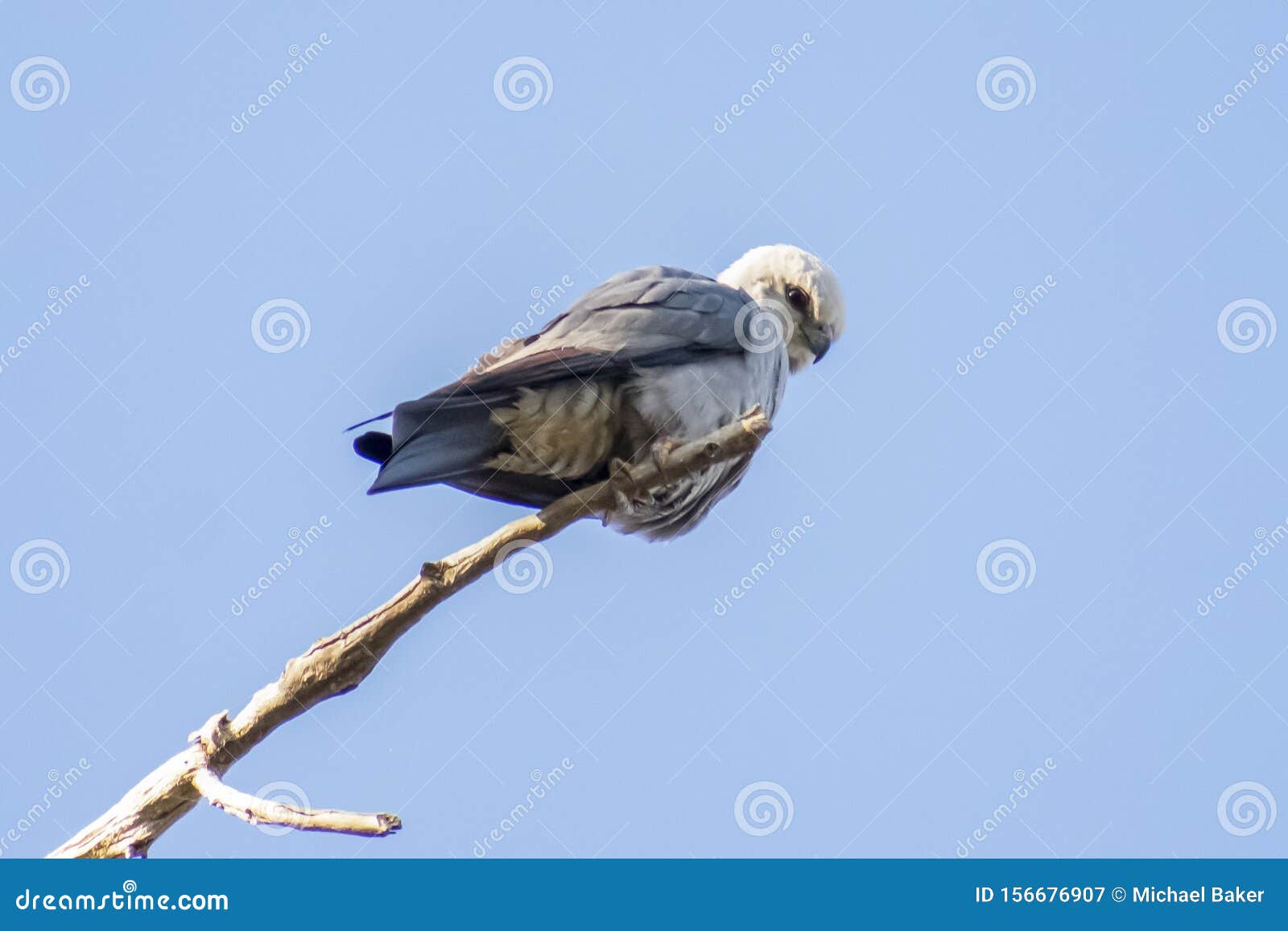
In rural areas, these acrobatic birds have even been known to hunt in recently mowed hay fields, taking advantage of the disturbance.

Foraging areas include open meadows and nearby streams where insects are abundant. Insects are caught in mid-air and are often eaten while on the wing, or in flight. Mississippi kites are insectivorous - feeding primarily on insects - but will also capture reptiles and amphibians. These long, narrow wings are often held in a weak or stretched "M" while flying. Mississippi Kite The Audubon Birds & Climate Change Report. Ferruginous Hawk in 2020 Wild birds, Bird & co, Blue bird. Mississippi kites are medium sized birds with a long tail and a three foot wingspan. Mississippi Kite Facts, Habitat, Diet, Life Cycle, Baby, Pictures. Adults are gray with darker gray on their tail feathers and outer wings and lighter gray on their heads and inner wings. It is 12 to 14 inches (30-36 cm) beak to tail and has a wingspan averaging 3 feet (91 cm). If coloration can't be determined due to lighting or distance, many bird watchers look at the overall shape and flight pattern of the bird to help with identifications. The Mississippi Kite, Ictinia mississippiensis, is a small bird of prey in the family Accipitridae.

Juveniles have a streaked body and breast and a barred tail with a shallow notch. An acrobatic flyer, this hawk-like bird feeds primarily on insects, is common in suburban areas, and is well known for its nest defense tactics. These birds, among them the Mississippi kite, winter south of the Equator, but spend spring and summer in the United States and Canada. By late summer, Definitive Basic plumage of head- and body feathers is complete, except for a few remaining Juvenile feathers in lower abdomen for some. The story actually begins a year ago in 2015 when a juvenile Mississippi Kite was found grounded in the same general area and brought to a local rehabilitator for care.

It's then that birders look forward to seeing a select group of visitors to Oklahoma known as neo-tropical birds. The Mississippi Kite ( Ictinia mississippiensis), are seen in the spring.


 0 kommentar(er)
0 kommentar(er)
